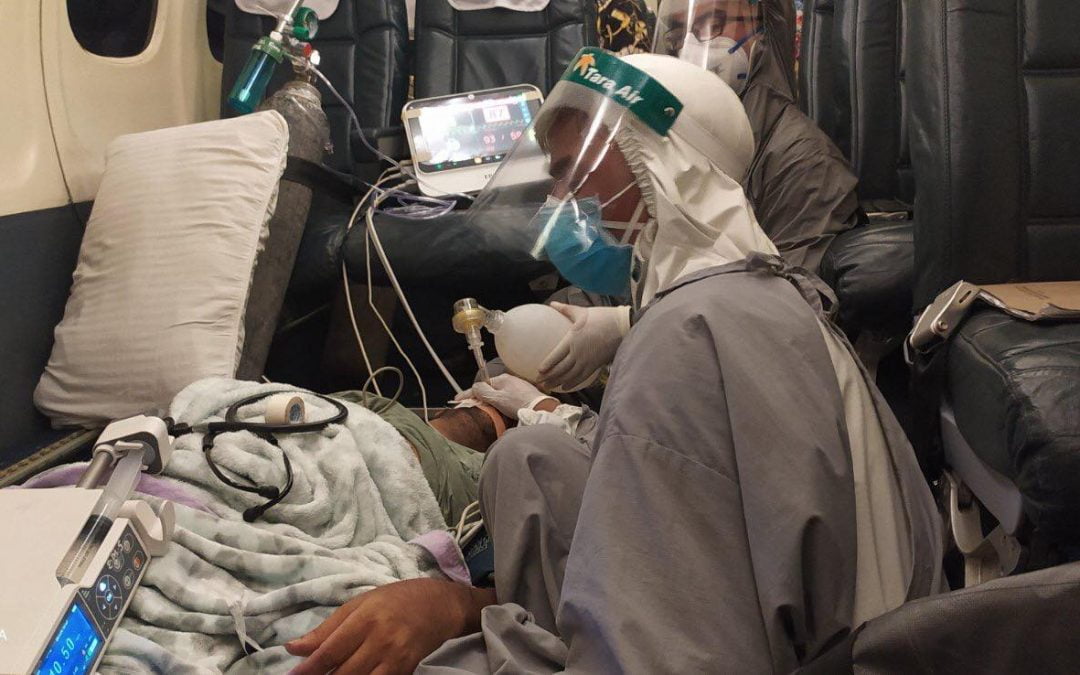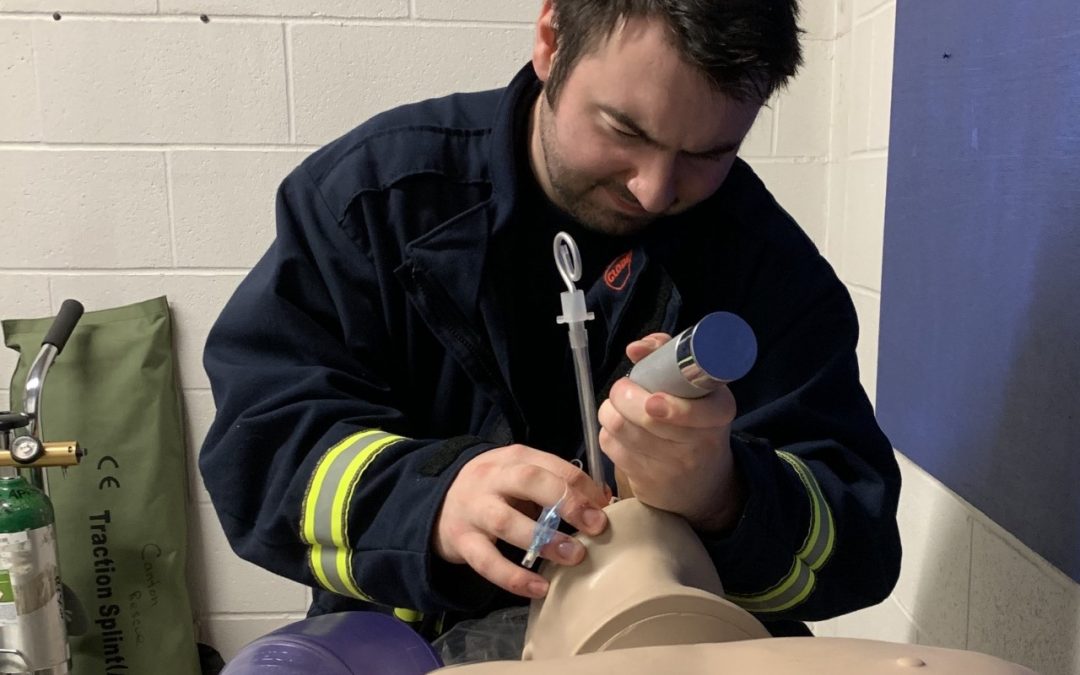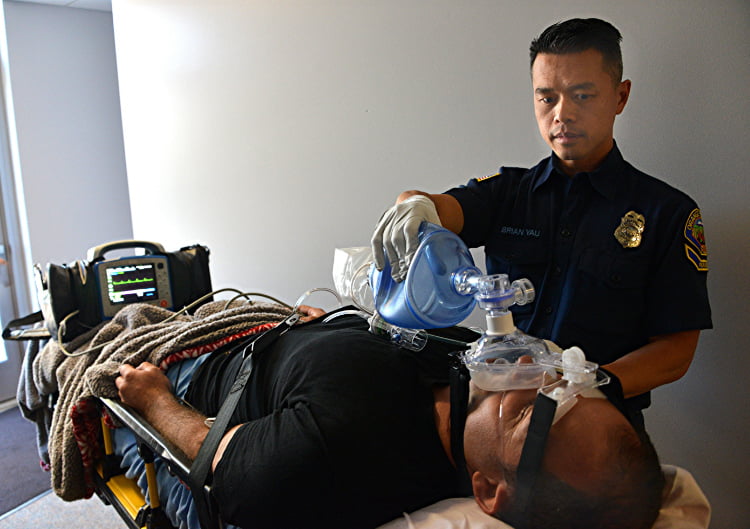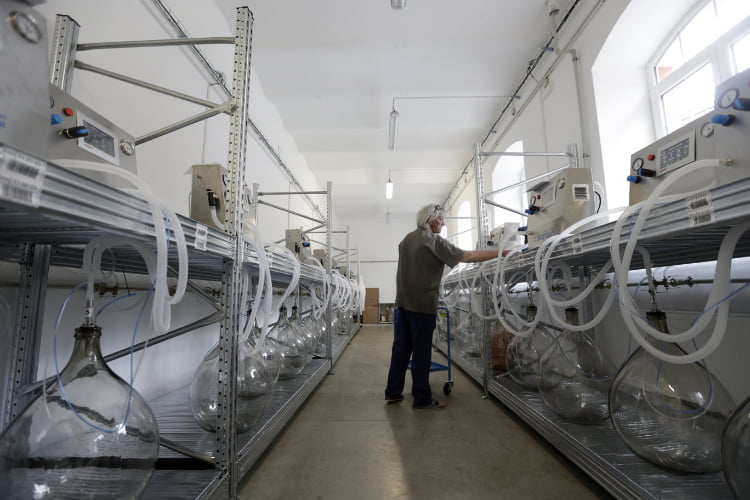
UK Tests if COVID-19 Vaccines Might Work Better Inhaled
British scientists are beginning a small study comparing how two experimental coronavirus vaccines might work when they are inhaled by people instead of being injected.

British scientists are beginning a small study comparing how two experimental coronavirus vaccines might work when they are inhaled by people instead of being injected.

The mission was to bring a 47-year-old male patient from Biratnagar to the Hospital for Advanced Medicine and Surgery in Kathmandu, Nepal.

This article reviews the essentials of BiPAP, how it differs from CPAP, and summarizes potential advantages and disadvantages.

Patients suffering from infection with SARS-CoV-2 are particularly prone to the development of serious respiratory complications.

The authors comment on the prehospital airway debate at the 2020 NAEMSP Annual Meeting.

Many factors go into the equation for deciding between CPAP and BiPAP for a patient.

Measuring EtCO2 is the most accurate monitoring tool that paramedics can use in real time to assess the overall status of the patient in the field.

Lifesaving procedures like CPAP pose tremendous risk to patients if miscommunications occur during handoffs. The focus of this article is on reducing these errors.

A group of volunteers in the Czech Republic worked round the clock to prevent critical shortage of ventilators for COVID-19 patients.

Inhale through your nose and exhale through your mouth. It’s not just something you do in yoga class.
Recent Comments